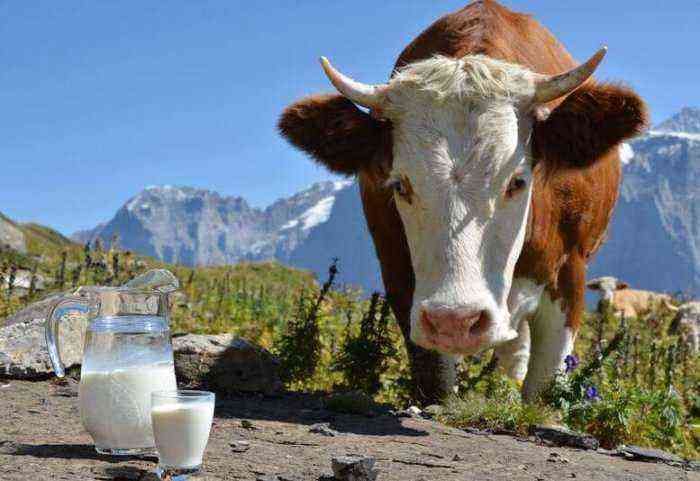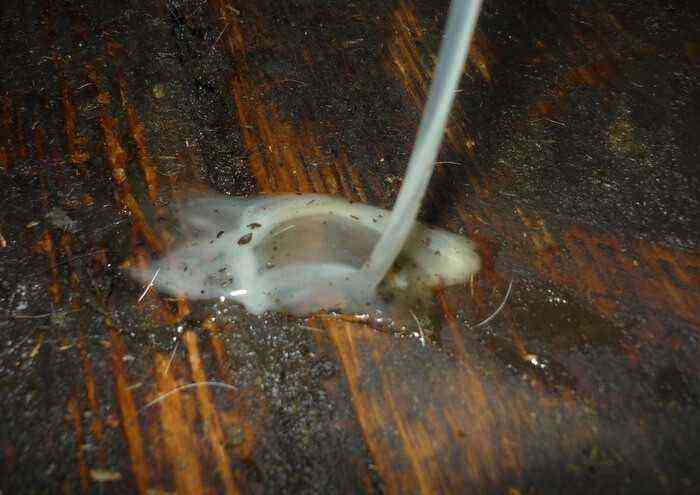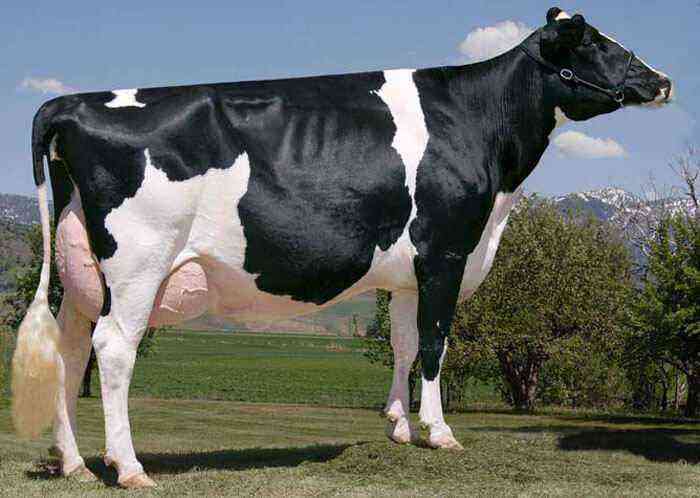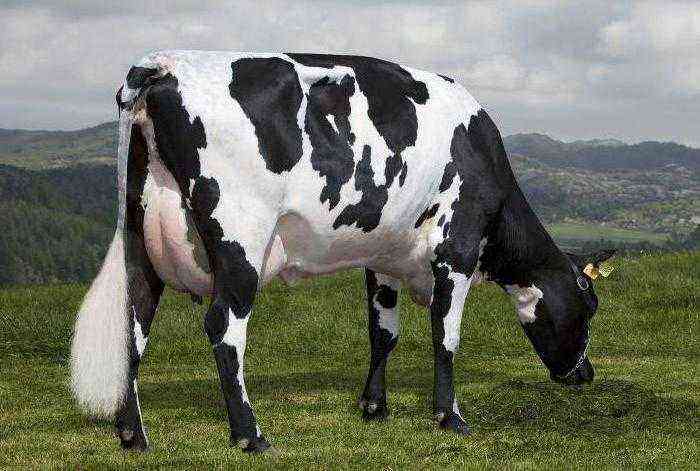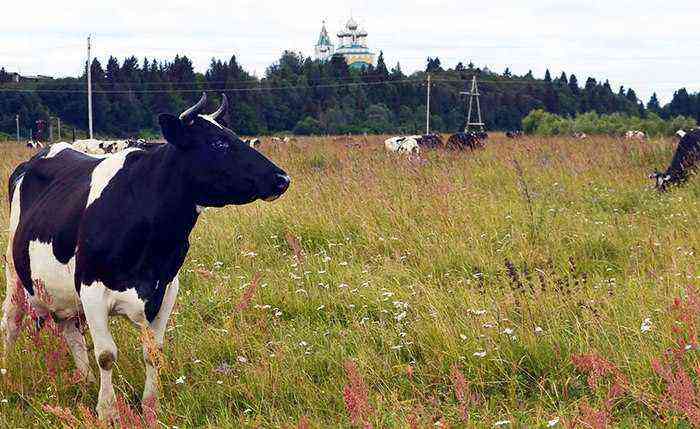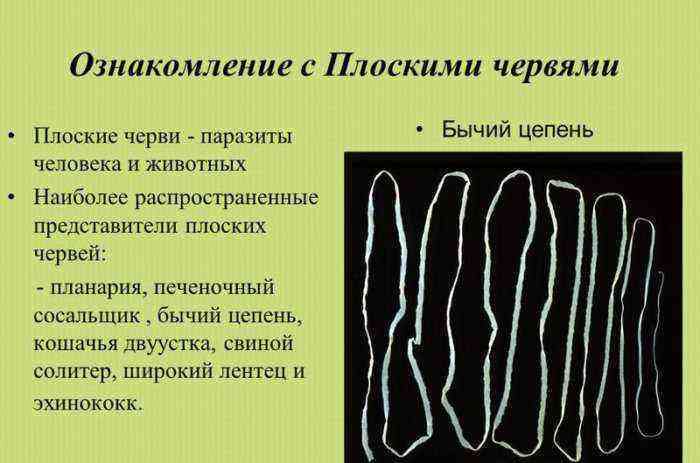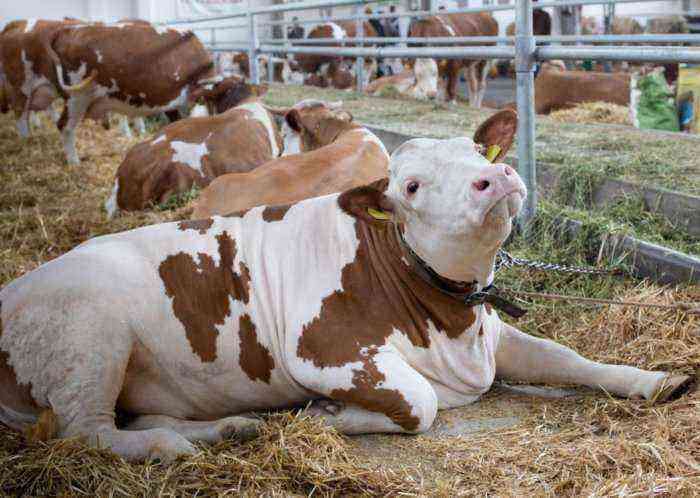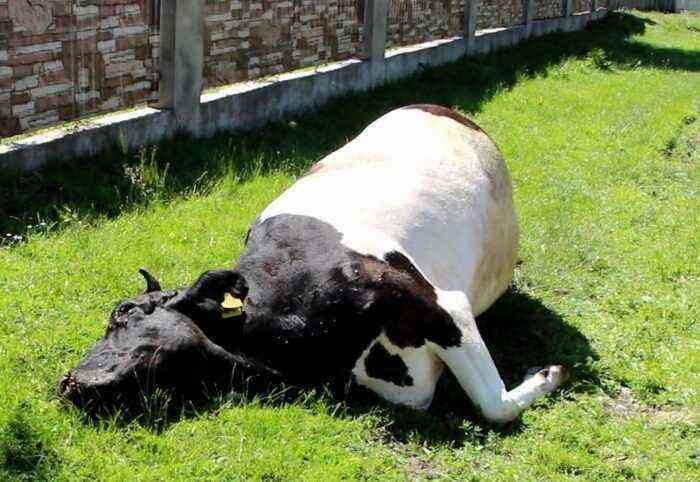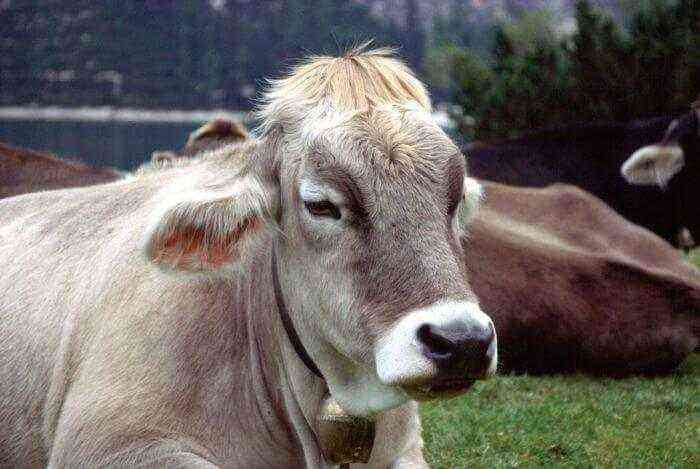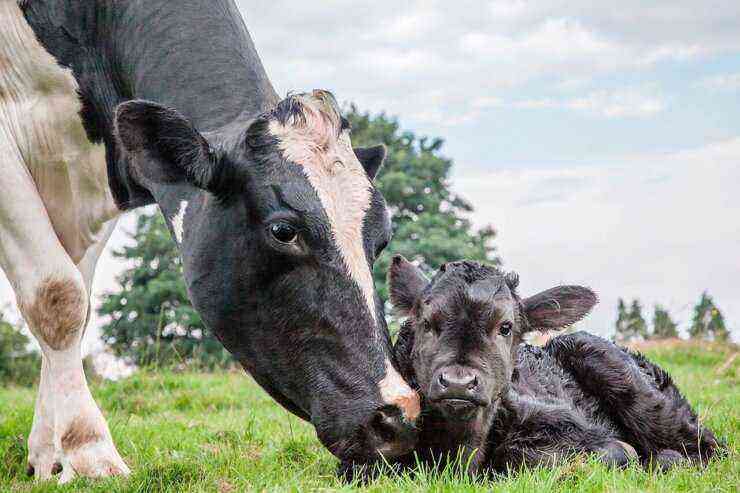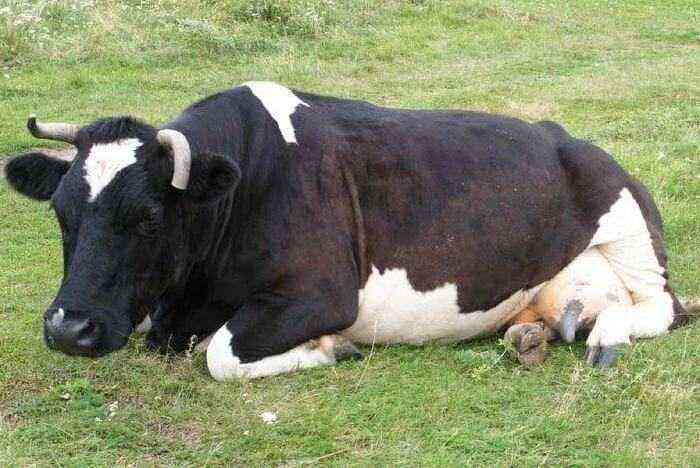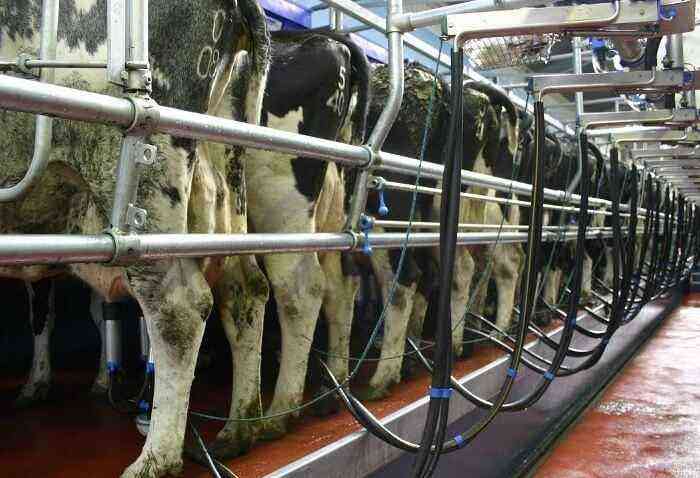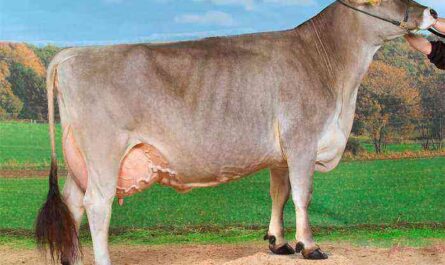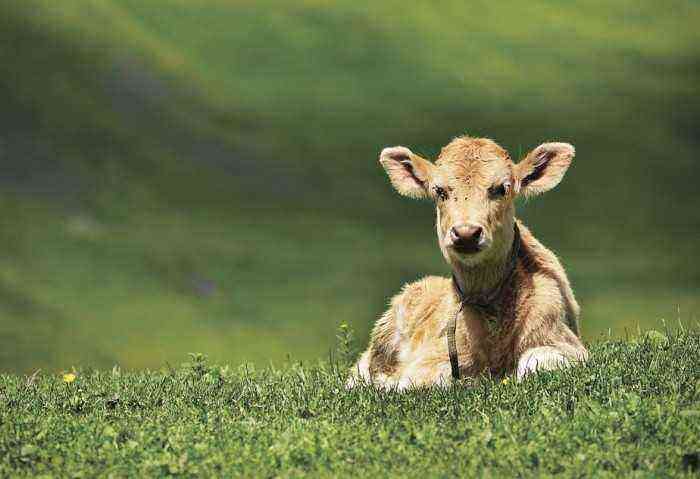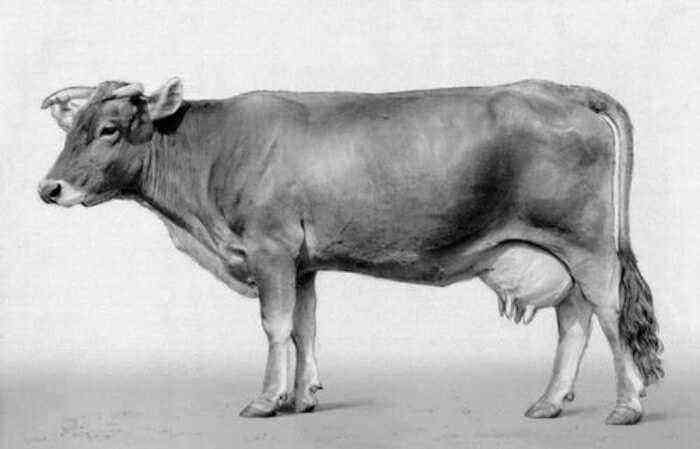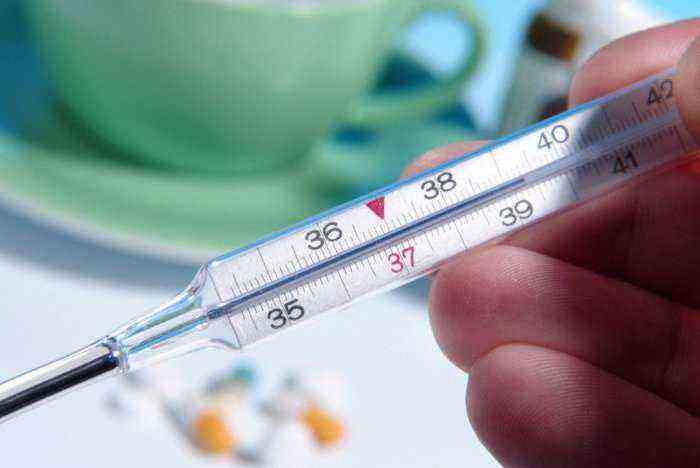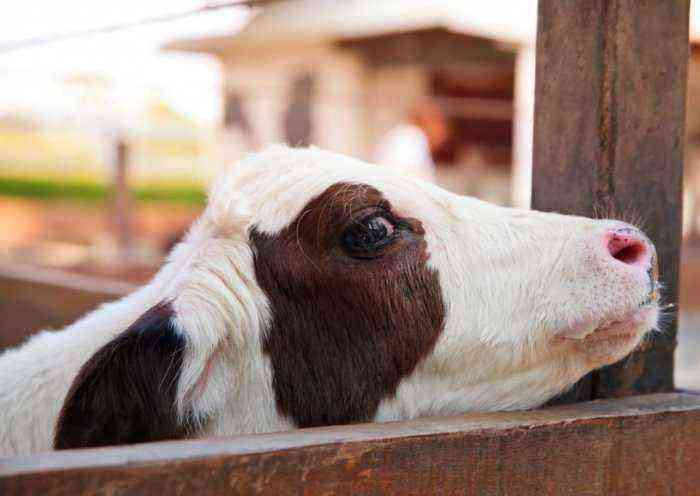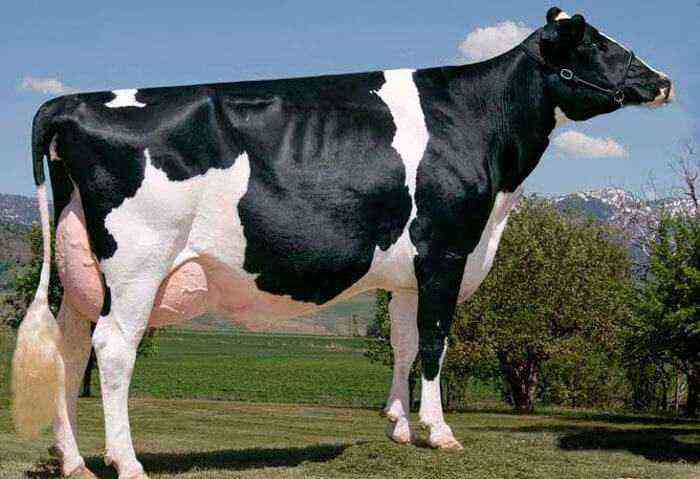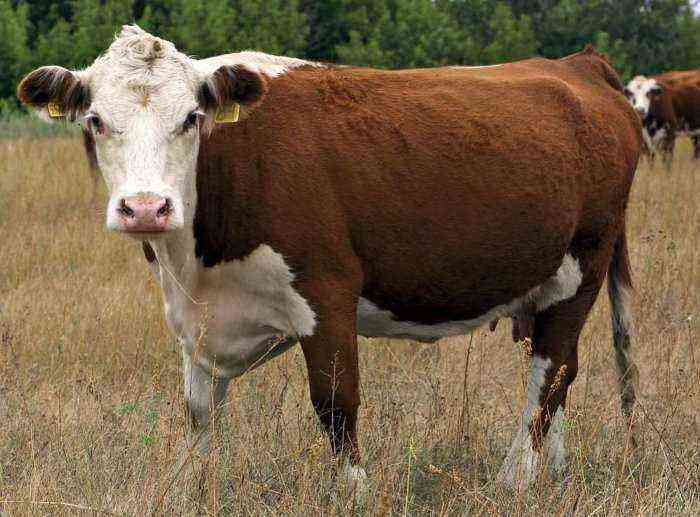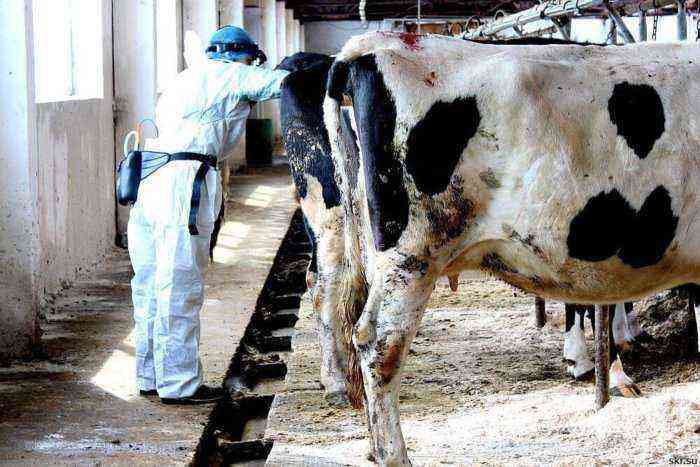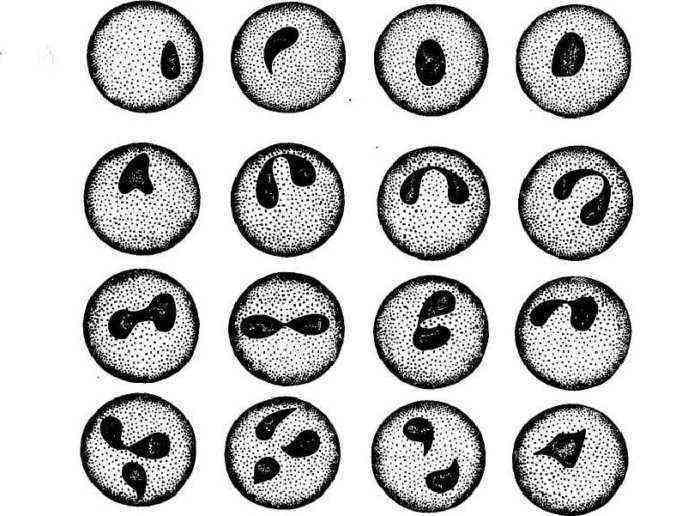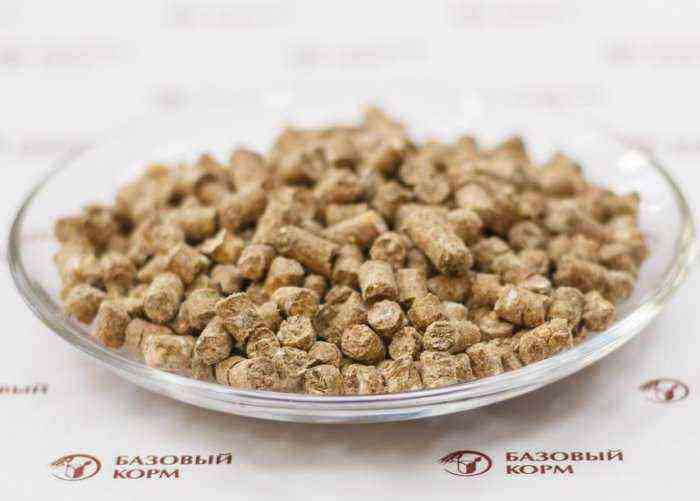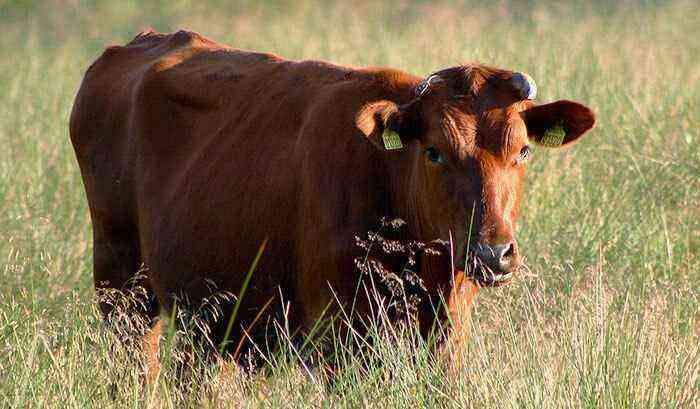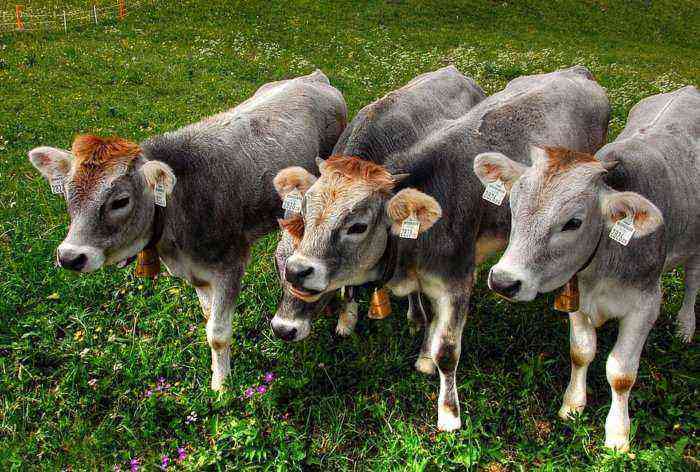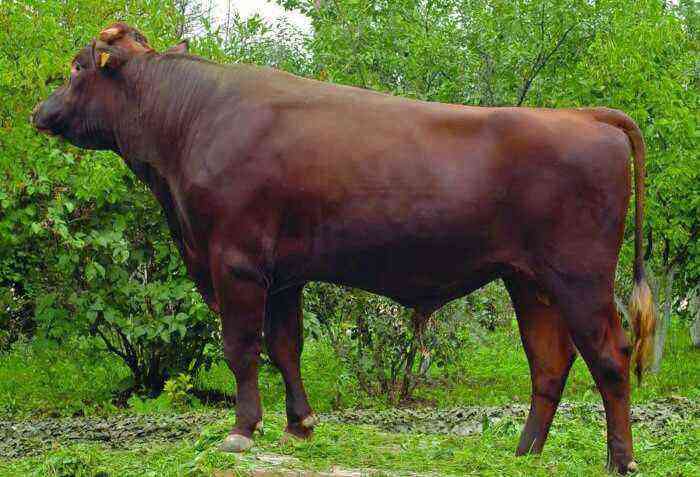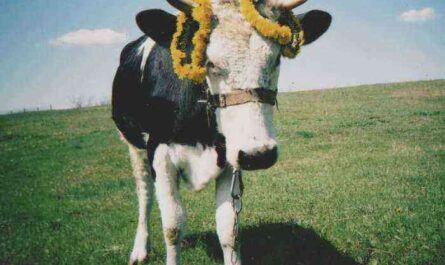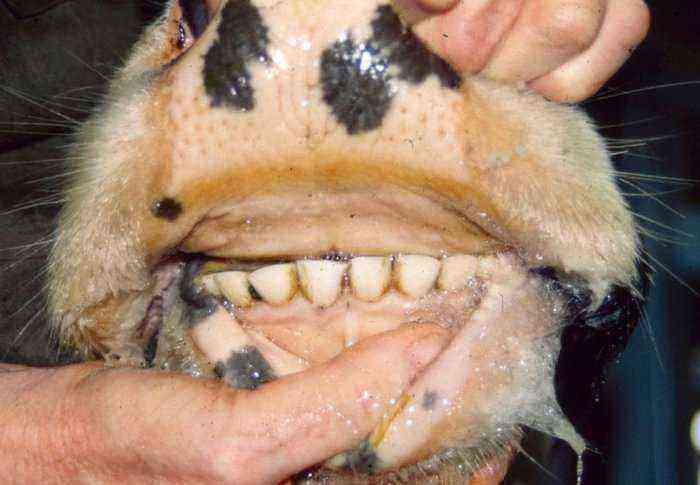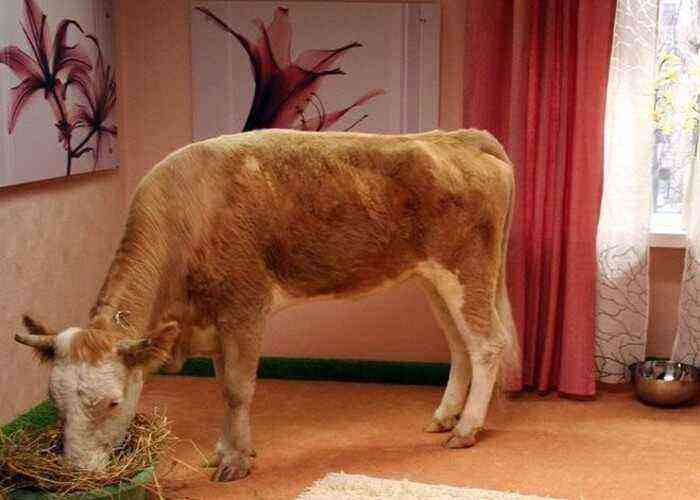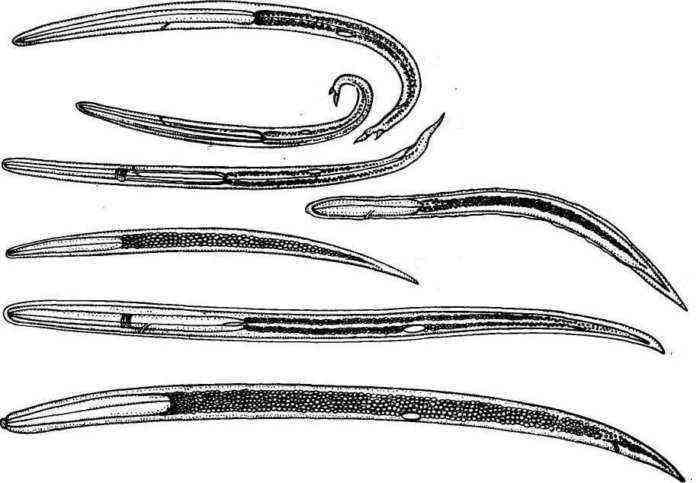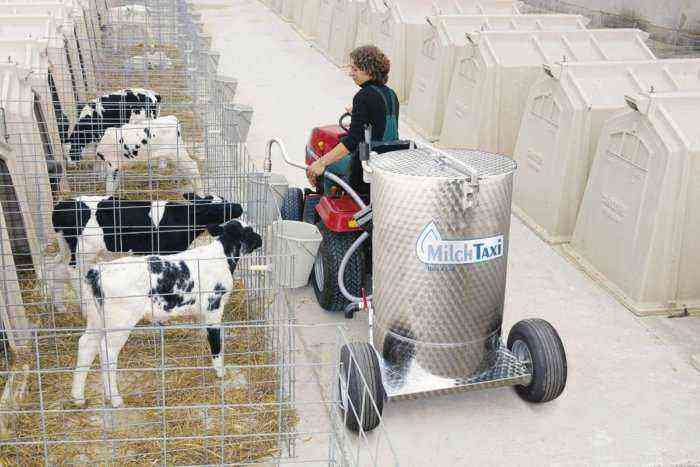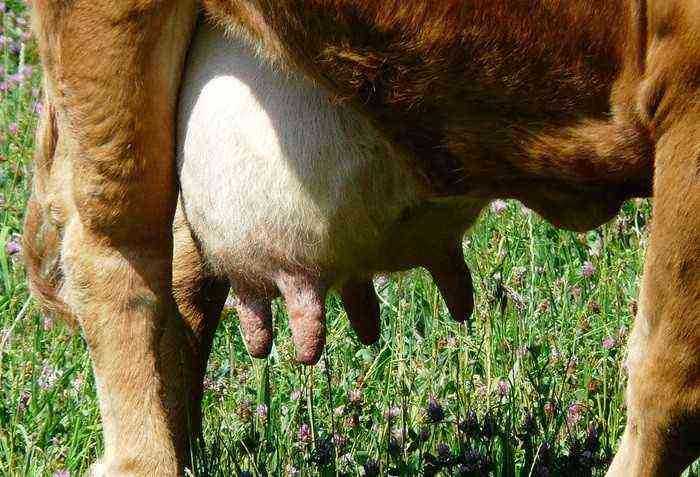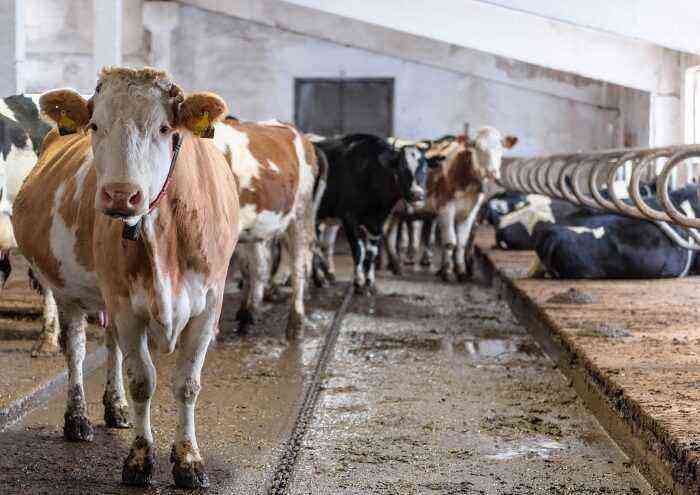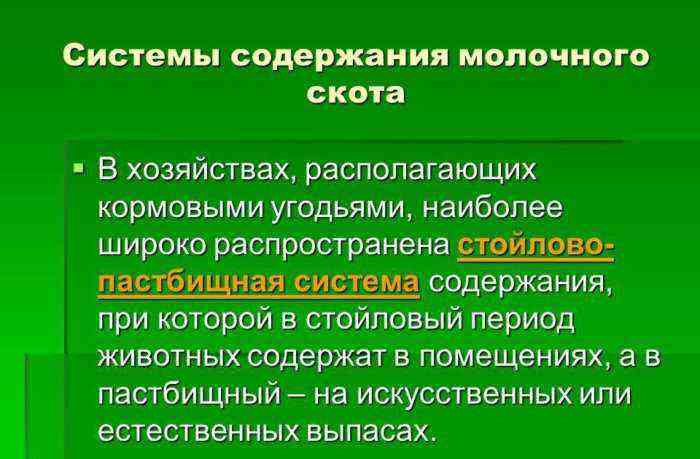In newborn young cattle, immunity has not yet been formed. This makes them vulnerable to many hard-to-carry infections, especially those that disrupt the baby’s digestive tract. One of the most dangerous diseases during this period is colibacillosis (with it, the calf has white feces), which in 80% of cases ends in the death of the animal.
colibacillosis
Causes
Colibacillosis is an infectious disease of calves caused by a specific E. coli b. coli. Most often, this disease occurs in young animals aged 1-3 days from birth. But cases of infection can also be traced in older individuals, whose body is severely weakened as a result of other diseases or violations of the conditions of detention.
The main source of infection is a sick animal. Moreover, even though adult cows are not susceptible to such a disease, they can still be carriers of the disease-causing bacillus.
The infection is transmitted in the herd in the following ways:
- through dirty milk or dishes into which the pathogen has entered;
- by direct contact with infected feces;
- through care items that were not disinfected after serving sick young animals;
- from one calf to another in crowded conditions.
There have also been cases of disease in young animals still inside the mother. The infection was transmitted to the fetus through the umbilical cord. As a result, the main clinical signs of the disease can be traced in the calf from the first hours of life.
Factors contributing to infection are unsanitary conditions, increased dampness and cold in the barn, crowded livestock, and an unbalanced diet. The disease is more often observed in the cold season.
Symptoms
After penetration into the body of a calf, E. coli passes an incubation period within 2-4 hours. Immediately after this, the first clinical signs of the disease begin to appear. In an acute course, colibacillosis suggests the following symptoms:
- the animal first partially and then completely loses its appetite;
- the cub is strongly oppressed, almost does not show activity;
- after 12 hours, liquid yellow diarrhea appears, which in the calf gradually turns into white feces;
- heart rate and breathing become more frequent;
- the temperature reaches 40 degrees or more;
- the calf quickly loses strength and eventually falls to the ground;
- intermittent seizures may occur.
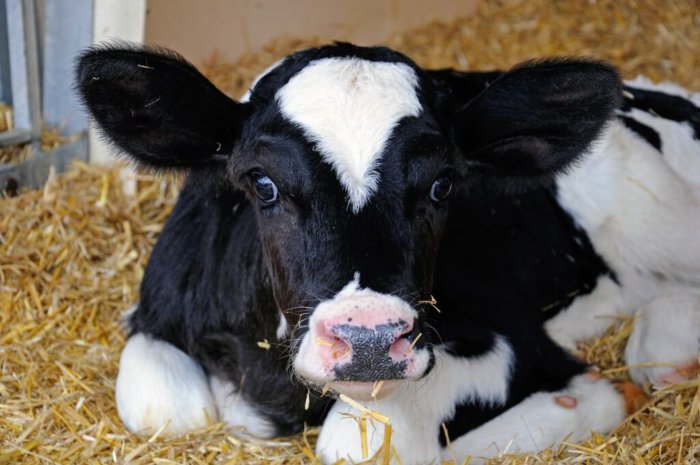
Calf loses appetite when sick
Usually this condition in a calf lasts for 1-3 days. Much less often, an animal can live for 5 years. The above signs of the disease can also be complicated by joint damage, inflammation of the lungs or umbilical cord. In the last stages of the disease, the calf passes white feces with blood and milk clots.
Reference. In adult pregnant cows, colibacillosis can be manifested by abortion. Moreover, other signs of the disease are completely absent. Also, in some cases, the disease is almost asymptomatic in calves. This happens only when the central nervous system of the animal is affected. In this case, the only manifestation of the disease is periodic convulsions and paresis.
Diagnosis
It is worth noting that white feces can be a symptom of some other diseases. Therefore, to confirm the diagnosis, in addition to obvious clinical signs, pathoanatomical changes and laboratory examination results are also taken into account. For research in the laboratory, blood samples are taken from live calves, as well as particles of bone marrow or a lymph node from a dead animal. If necessary, liquid feces can be used as the test material.
A laboratory study of the taken particles consists in isolating a pure culture, and in this case, the diagnosis is carried out differentially. According to a number of signs and symptoms of the disease, the causative agent of white diarrhea is similar to salmonellosis, pasteurellosis, viral diarrhea and a number of other intestinal infections.
Treatment
All therapeutic measures against white diarrhea will have an effect only if they are carried out at the initial stage of the development of the disease. In this case, the first thing to do is rinse the baby’s stomach with castor oil.

Kastorovoe butter
Further antibiotic therapy is carried out, which the veterinarian selects. For symptomatic treatment, use:
- tannin or other astringents to combat diarrhea;
- caffeine to keep the heart working;
- a decoction of chamomile to reduce pain and relieve inflammation;
- boiled and oats to restore proper bowel function.
A good result also gives the drug acidophilus. It is administered to the calf at a dosage of 50 g and the volume of the substance is increased by 50 g every day. If possible, animals are prescribed anti-colibacillary serum.
Any treatment should be started only after the isolation of sick young animals. To do this, he is transferred to a separate room, which should be clean, bright and warm enough. At the same time, the past place where the animal was kept, as well as dishes and care items, are disinfected. It is carried out with slaked lime.
Attention! Over the next few days, several times a day, the rest of the herd members are checked for temperature and symptoms of illness.
Prevention
A large part of the preventive measures to prevent colibacillosis in calves is to create optimal conditions for their maintenance. The main points of prevention in this regard include:
- growing young stock exclusively in warm, dry, lit rooms with a good ventilation system;
- strict adherence to the feeding schedule and basic veterinary recommendations for the preparation of a diet for each age group of young animals;
- high-quality care and compliance with the rules of keeping and feeding for a pregnant cow, which should bear offspring in the near future;
- organization of cow calving exclusively in a room specially designated for the maternity ward;
- thorough cleaning and disinfection of the umbilical cord of the baby who was born;
- thorough washing of hands, udders and dishes while feeding young animals and milking lactating cows;
- obligatory planned cleaning and disinfection of premises and care items for cows;
- organizing regular walks of livestock on the street (already for older calves), which will help the baby strengthen immunity and health in general.
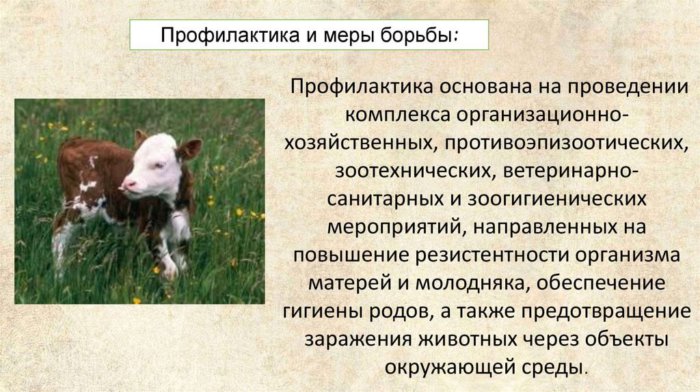
Disease prevention in calves
If cases of colibacillosis in the farm are quite common, then, in addition to the above measures, mandatory vaccination should also be included in the list. It consists in the fact that all calves in the first 1-2 hours after birth are injected with a special anti-colibacillary serum. The bacteriophage preparation can also be used in a small dosage as a prophylactic agent.
Thus, white feces serve as an indicator that the calf is sick and urgently needs qualified help. Therefore, the owner must know exactly the main manifestations of colibacillosis and measures to combat it, because such an ailment is of an infectious nature and can quickly lead to the death of all young cattle on the farm.
